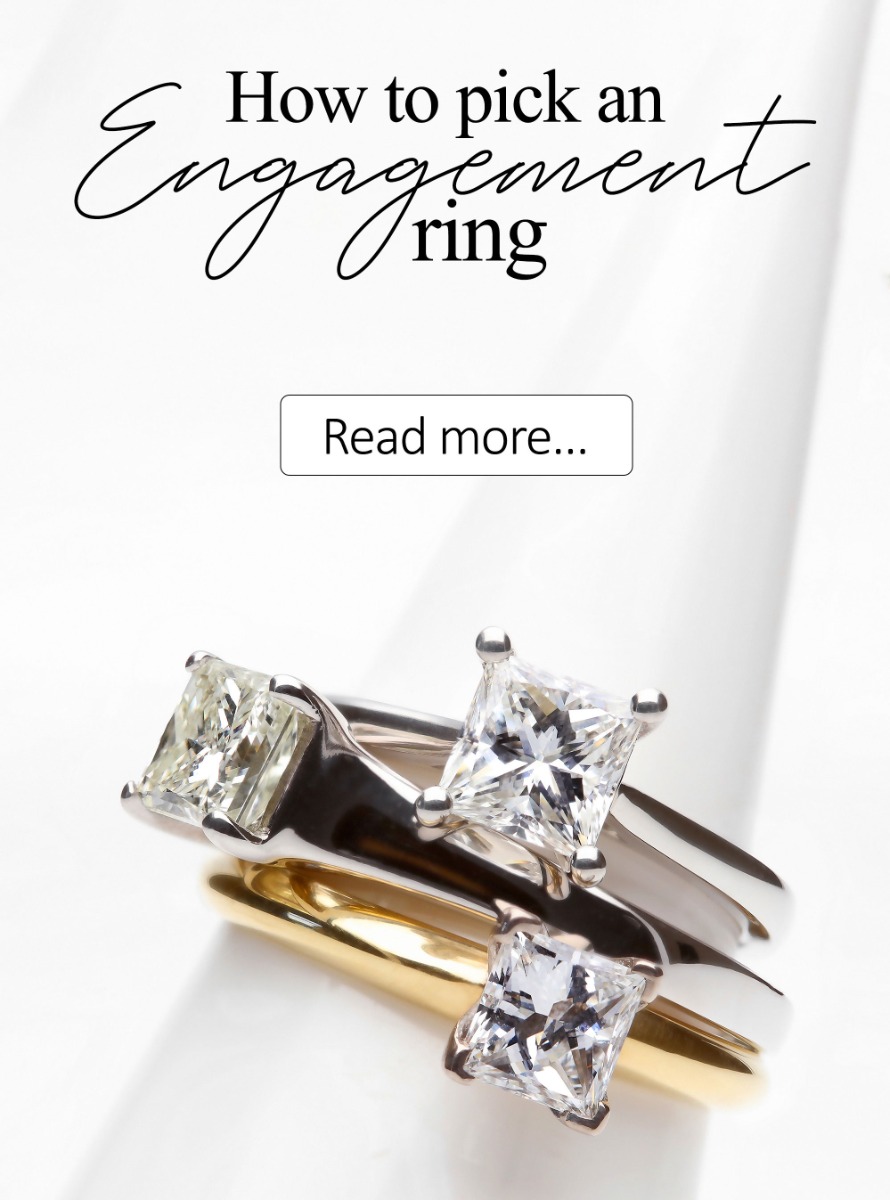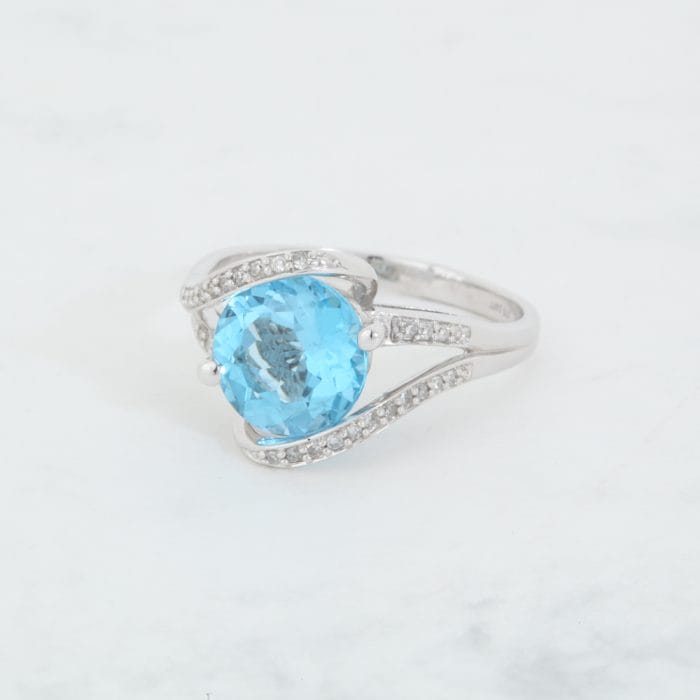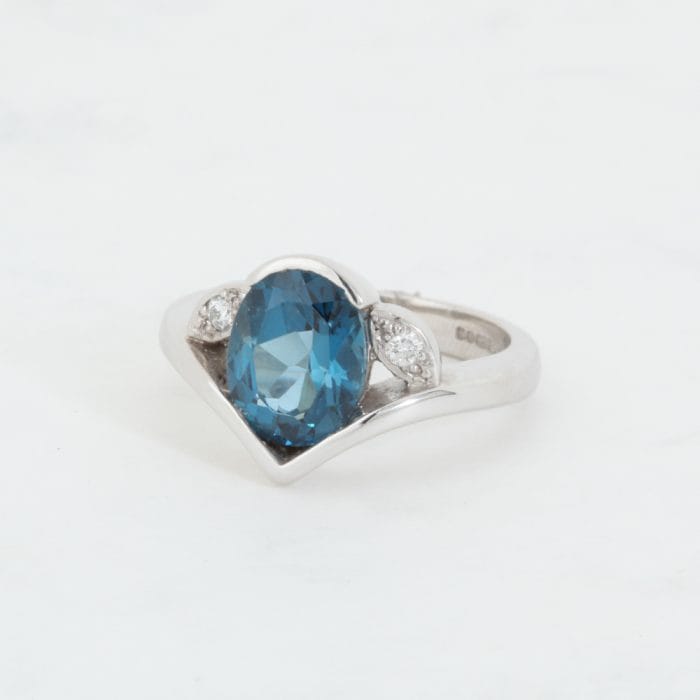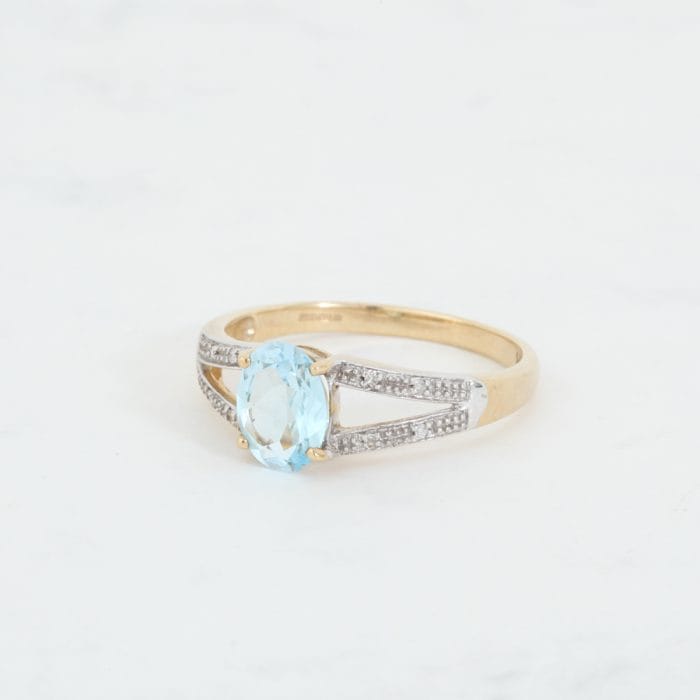If you're lucky enough to have a birthday in November you might know that you have two birthstones, Citrine and Topaz. Both stones are similar in the way that they are easily accessible as well as being reasonably priced. We're going to look more closely at topaz to find out where it came from and the different types available...
The name topaz comes from from the word Topazios, which is the ancient Greek name for St. John's Island in the Red Sea. Even though yellow stones were famously mined there, they more than likely weren't topaz, however it soon became the name for the most yellow stones.
Pure topaz is colourless, but it can become tinted by impurities that make it able to take on any colour of the rainbow. When topaz ranges from a brownish orange to yellow, which is also known as 'precious topaz', it is often mistaken for smoky or citrine quartz.
The most sought-after colour of topaz is imperial, which features a vibrant orange hue with pink undertones. Russia's Ural Mountains became one of the top sources of this type of gemstone and the name 'imperial topaz' was given to honor the Russian Czar, and only royals were allowed to own it.
As well as imperial topaz, there are many different names given to the gemstone, depending on its colour, by different jewellers over the years. A few examples are, the Azotic Topaz that is an orangy pink shade and gives off a rainbow-like effect which is similar to the Mystic Topaz which also gives off the same effect. Rutilated Topaz has yellow needle like inclusions of the mineral Limonite. It looks similar to Rutilated Quartz, hence why it was given that name.
Blue topaz, which is one of the most popular shades that you'll find in jewellery, very rarely occurs naturally. In the 1960s, an irradiation treatment was created to turn common colourless topaz blue. This variation of the gemstone has flooded the jewellery market and has therefore made it one of the least expensive gems available. There are also a couple of different names given to the blue stone. London Blue Topaz is a deep sky blue colour whereas Swiss Blue Topaz is a lighter shade.
In the mid-19th century, large topaz deposits were found in Brazil, which made topaz much more affordable and available. Other sources are also Pakistan, India, Sri Lanka, Russia, Australia, Nigeria, Germany, Mexico, and the U.S.
During the Renaissance in Europe, some people believed that topaz could break spells and control anger. Hindus believed having a topaz pendant could bring longevity to someone's life and also wisdom. African Shamans also thought of the stone as sacred as they used it in their healing rituals. Topaz is said to be a soothing stone and can calm tempers, cure madness and eliminate nightmares.
As well as being a traditional gift for birthdays in November, it's also given to celebrate 19th wedding anniversaries, and certain types of topaz, blue and imperial, acknowledge 4th and 23rd anniversaries.
You can shop all topaz jewellery here















